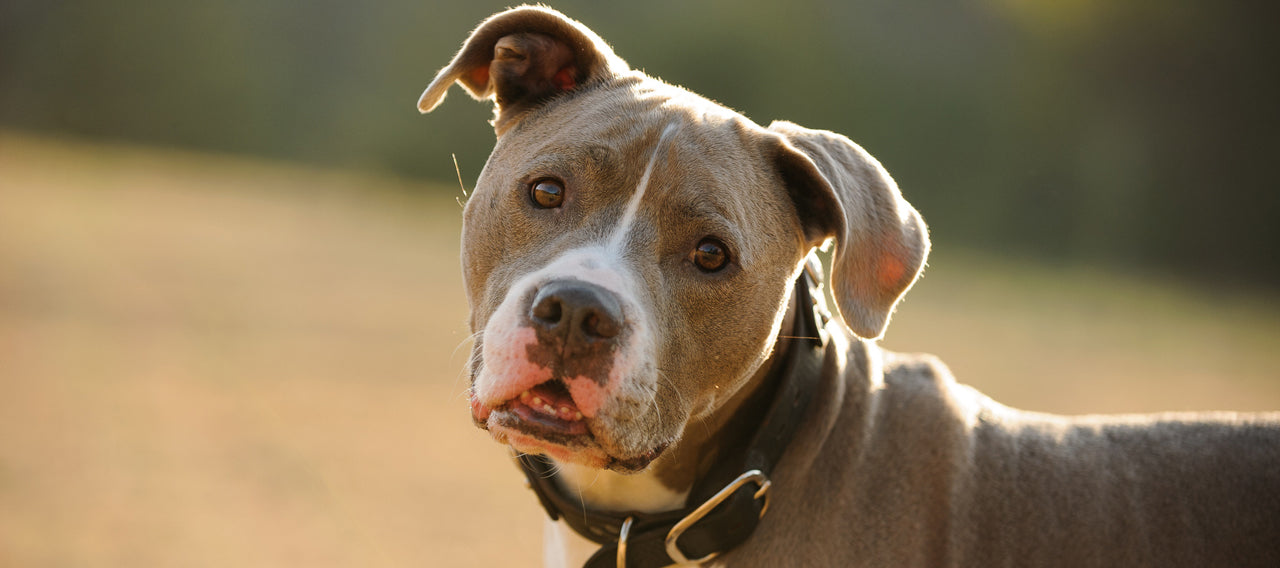Your Cart is Empty

It's no question that the saying "dogs are man's best friend" is completely true. But, are you hurting your furry friend by forcing them to wear a collar which is too tight or too loose?
A perfect fitting collar should sit comfortably around your dog's neck, flat against the coat, and allow one or two fingers between the collar and their coat.
Don't get too caught up in the style of your dog's collar. Instead, you should predominantly be buying for comfort.
It's important that your dog has a collar that fits will. But, why should your dog even have a collar at all?
In many countries, it's illegal for your dog to not be wearing a collar in public. Also, a collar is an easy way for an owner to comfortably hold onto a dog without hurting it. Of course, it's also a place for a leash to attach to.
Most importantly, a collar can help with identification of the dog. If your dog went missing, a tag with a name and phone number could help quickly resolve the situation.
Think of your dog's collar as its own form of ID. Yet, never forget to also get your dog micro-chipped too.
It's no exaggeration that getting the right size collar for your dog is a matter of safety for the both of you.
A loose collar can very easily slip off. Why is this a concern?
However, be careful that your dog's collar is not too tight either!
A tight collar poses risks such as:
Neither of these options is desirable. Therefore, getting the right tightness is extremely important. Now, let's take a look at how to measure a collar for the perfect fit.
There is a difference between having a snug collar and a tight one. However, these simple steps will help you get the sizing right, making ordering a new collar easy.
Buy a flexible or soft measuring tape. This is the only measuring tape option which will provide an accurate result.
Wrap this around your dog's neck where his collar usually sits. Then, place one to two fingers under the measuring tape. This will ensure the collar is snug, but not too tight.
Use this measurement to figure out your dog's exact sizing requirements. Use the size chart on this page to determine the proper size to purchase. If you're still unsure, get in contact with a professional.
It's extremely important that you measure your dog's actual neck circumference and not their current collar. All collars are made differently, so you won't get an accurate measurement.
If you don't have a flexible measuring tape, use a rope or a strip of paper to measure your dog's neck, then lay the rope or measuring tape on a flat surface and measure the length with a ruler.
After measuring your dog's neck, start looking for the right style of collar. For example, if you have a large dog which pulls on a leash, then you should consider a wider, thicker dog collar. This will offer more control over your pet.
However, if you use a collar which is too wide for a small dog, such as a pug, it may rub and chaff its neck.
Once you've got the right shape and size, you can focus on the aesthetics of your pooch's neck-gear. What colour, style or look suits its personality? There are hundreds of different choices available.
Keep in mind that as your dog's weight changes, its collar will also need to change too. If your dog puts on weight, a perfectly fitting collar will become too tight.
Furthermore, you should regularly remove your dog's collar. This way, you can check if it has been chaffing the skin. If so, you may need to buy a new collar or change the notch you're using.
It's also important to pay attention to whether your dog appears comfortable. A telltale sign of discomfort is if your dog is regularly scratching. By testing whether the collar fits, you can be sure that your dog is content and comfortable.
Make sure you follow these tips closely. Check your dog's collar at least once a month. Then, if it appears not to fit anymore, purchase a better fitting collar.